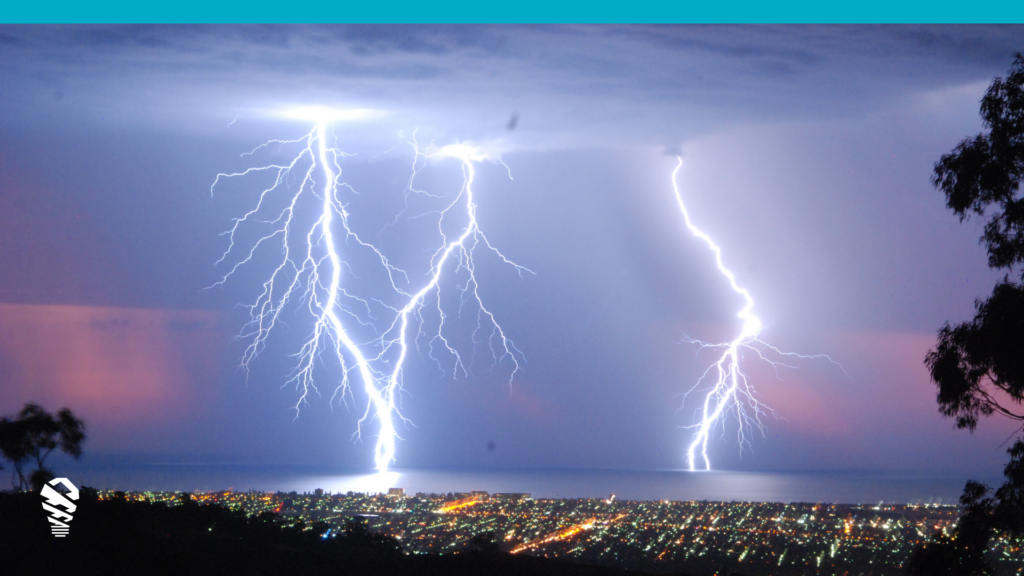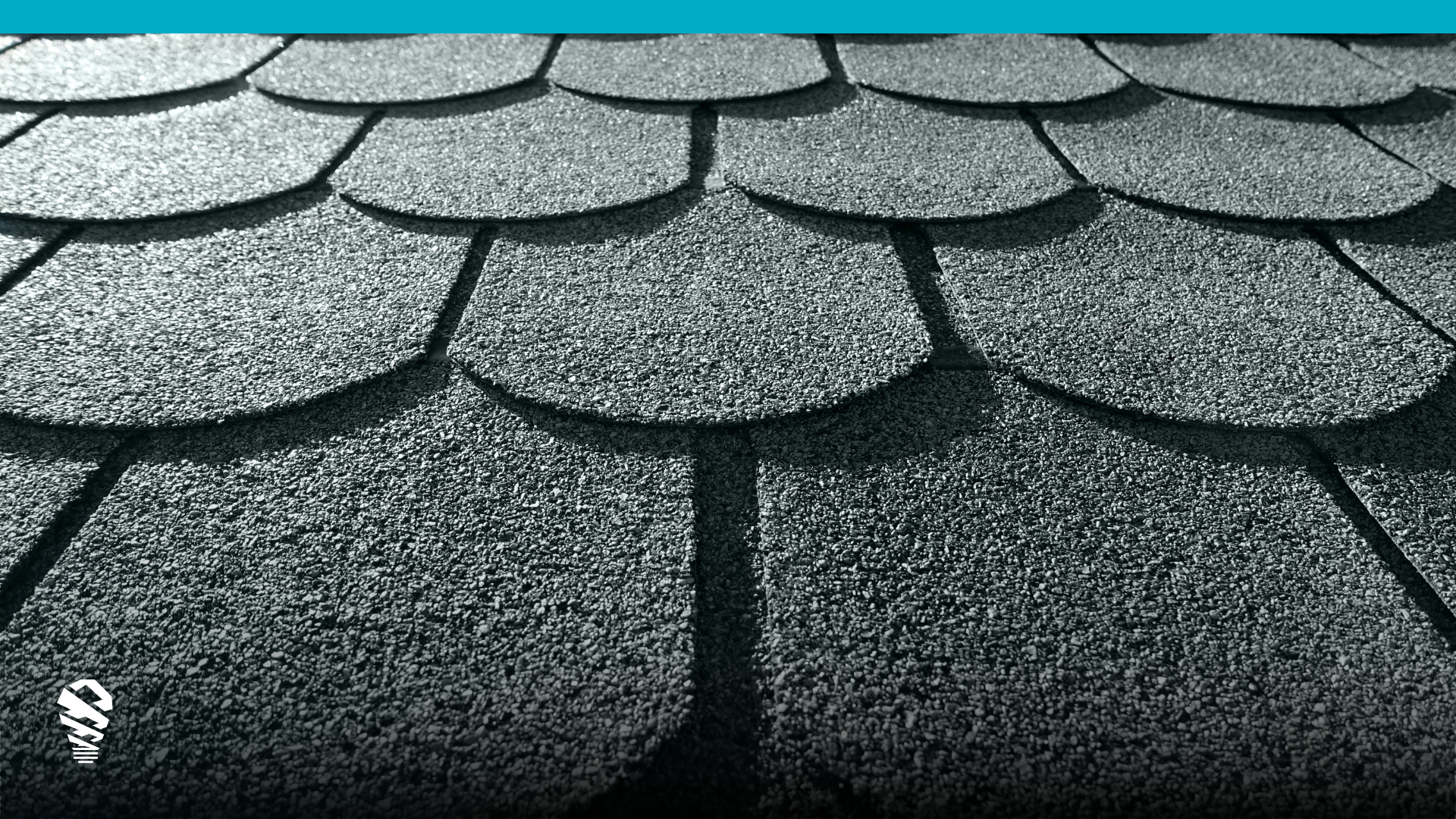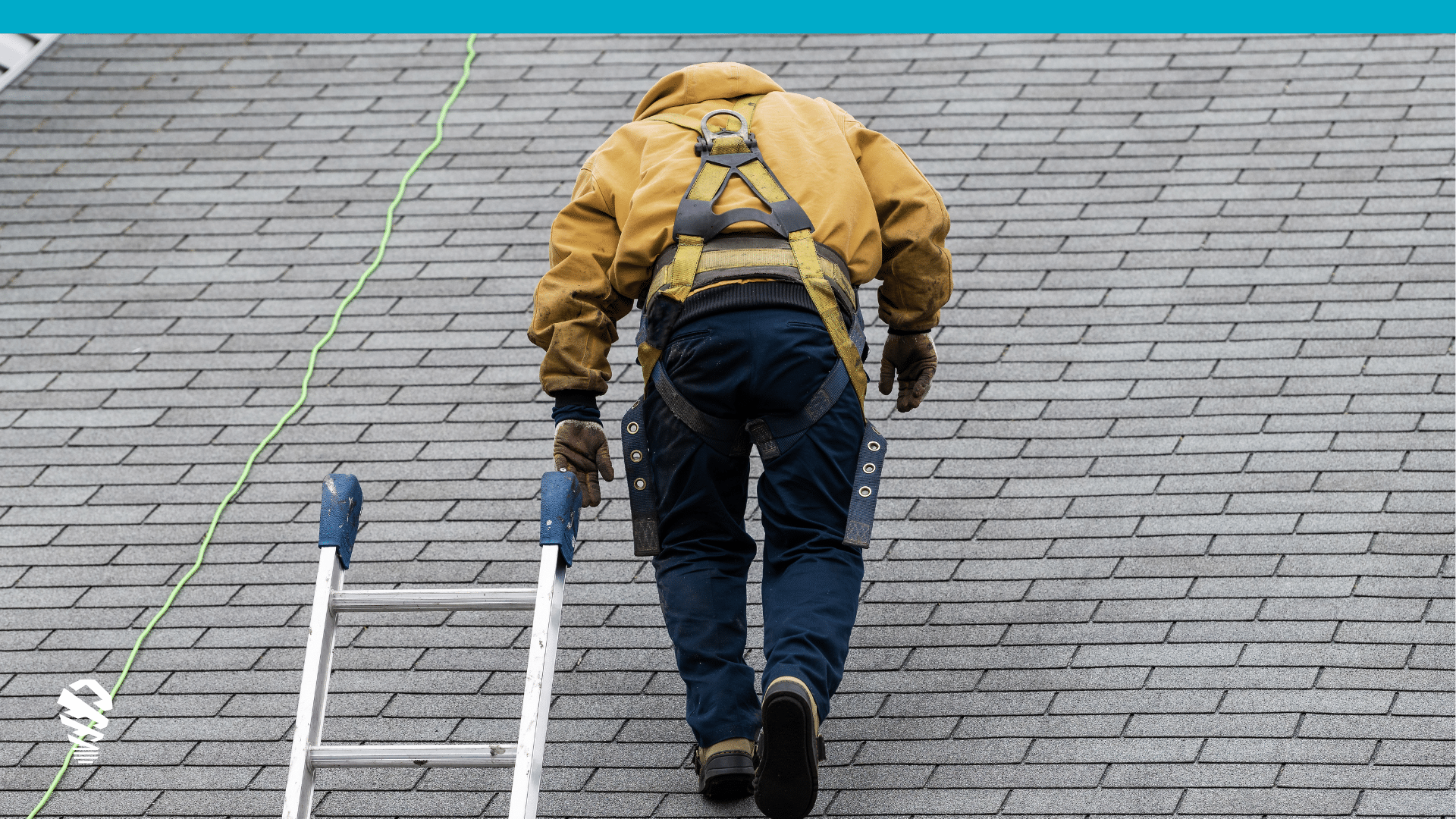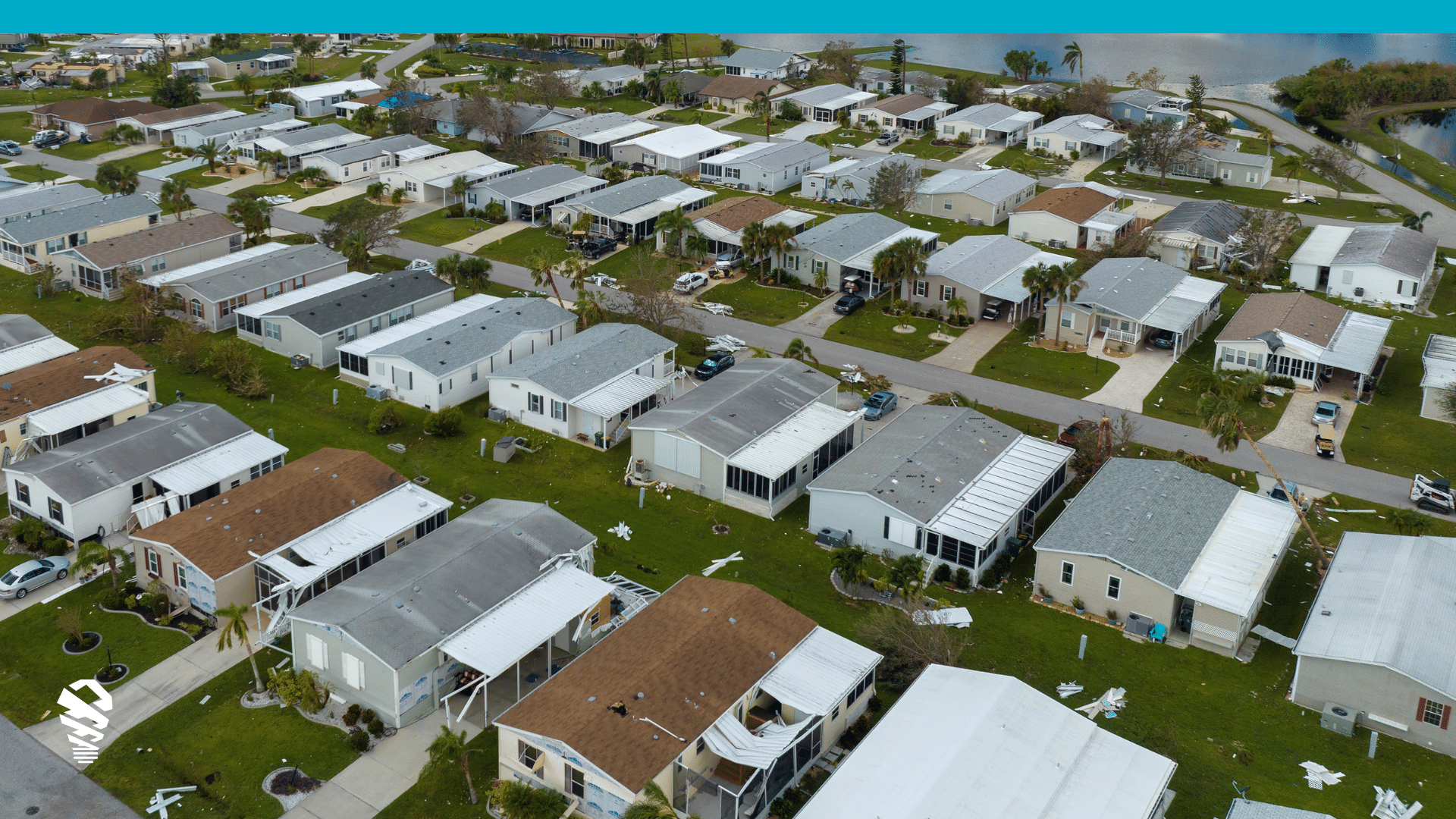Summer storms often bring significant damage to properties, making it crucial to know when these weather events occur and how to quickly gather accurate property inspection data. Integrating weather data with drone property inspections has revolutionized how industries like insurance, restoration, and roofing operate. By leveraging historical weather information, professionals can conduct safer, more efficient inspections, resulting in improved accuracy and faster response times. This guide explores the importance of weather data in drone inspections, the role of storm data, and how it applies to claims.
Historical Weather Data and Claims
Historical weather data is an invaluable resource in the insurance claims process, particularly when validating claims related to weather events. By accessing detailed records of past weather conditions, insurance companies can verify the occurrence, timing, and severity of events that have caused property damage. This data helps determine the legitimacy of claims, preventing fraud and ensuring fair and accurate settlements.
The Relevance of Storm Data
Storm data is particularly critical for drone property inspections in the insurance and restoration industries. After a storm, assessing damage quickly and accurately allows for timely claims processing and repair work. Here’s how storm data integrates with drone inspections:
- Damage Assessment: Post-storm inspections require detailed and accurate data to evaluate the extent of damage to properties. Drones equipped with high-resolution cameras and AI-driven analysis tools, such as IMGING Flight, can quickly identify and document damage, even in hard-to-reach areas.
- Timely Response: Access to real-time storm data allows insurance companies and restoration contractors to prioritize areas that have been most severely affected. This ensures a faster response to claims and quicker initiation of restoration work.
- Historical Data Analysis: Historical storm data can be used to predict areas that are more likely to suffer damage in future storms. This predictive capability enables proactive measures, such as pre-storm inspections and preventive maintenance.
Historical Weather Data for Insurance Claim Validation
Vaisala XWeather is a leading provider of high-quality historical weather data, offering a wealth of environmental insights to various industries. One such industry that benefits significantly from XWeather’s services is the roofing and insurance industries.
By integrating Vaisala XWeather‘s localized historical weather API data into Loveland Innovations’ IMGING platform, users can now access a comprehensive understanding of past weather patterns that have impacted their projects. This feature empowers both roofers and insurance providers to make data-driven decisions, leading to improved efficiency and accuracy in their operations.
The IMGING platform assists roofers and insurance providers in addressing two essential questions:
- Has a severe weather event impacted the area in question?
- Does the roof damage correspond with historical weather data?
This platform enables both parties to work more quickly and efficiently, as each can access the project through a shared dashboard. Drone inspections, which are safer and more cost-effective than manual inspections, contribute significantly to this efficiency. By leveraging localized historical weather API data, roofers can secure more business and provide better support to customers during the claim’s submission process. Similarly, insurance providers can swiftly and accurately evaluate and decide on claims.
Who Benefits from Historical Weather Data?
- Insurance Companies: Insurers can streamline the claims process by comparing reported damage with historical weather data. This ensures that claims are based on accurate and verifiable information, reducing the time and cost associated with investigations and improving customer satisfaction by speeding up claim settlements.
- Adjusters: Adjusters benefit from access to historical weather data, allowing them to verify the cause of damage more accurately. This data helps in making informed decisions when evaluating claims, reducing the time spent on-site and improving the overall efficiency of the assessment process.
- Restoration Contractors: Contractors can use historical weather data to create precise repair plans and estimate costs more accurately. By understanding the specific weather events that caused the damage, they can prioritize tasks effectively, leading to more efficient project management and better resource allocation.
- Roofers: Roofers can leverage historical weather data to identify the impact of specific storms on roofing structures. This information helps provide accurate repair estimates and ensures that inspections are thorough and based on verifiable data, reducing the risk associated with manual inspections and improving overall safety.
Case Study: Real-World Application
After a storm, a homeowner discovered multiple roof leaks and contacted a local roofing company with over 50 years of experience. An experienced estimator from the company conducted an inspection with the homeowner’s insurance adjuster. Despite a thorough 90-minute inspection, the insurance carrier initially denied the claim, citing insufficient damage below the deductible. The estimator then used IMGING Flight with AI damage detection and historical weather data, uncovering extensive storm damage missed in the initial assessment. After submitting a comprehensive report, the insurance company agreed to a reinspection. A new adjuster confirmed the significant damage, leading to a full payout of the roof replacement.
Read the full case study here.
This case study shows how integrating historical weather data with advanced property inspection technology can significantly impact the inspection and insurance claim validation process.
Conclusion
Summer storms often bring significant damage to properties. Integrating historical weather data with drone property inspections has revolutionized how industries like insurance, restoration, and roofing navigate the claims process. With advancements like the integration of Vaisala XWeather’s historical weather API into Loveland Innovations’ IMGING platform, both roofers and insurance providers can now access comprehensive weather insights. This empowers them to make data-driven decisions, which is a win for all parties involved in the process. Whether you’re an insurance adjuster, a restoration contractor, or a roofer, the benefits of using historical weather data allow for faster claims processing, more accurate damage assessments, and improved customer satisfaction.



![How to Measure a Roof With a Drone [Updated April 2023]](https://www.lovelandinnovations.com/wp-content/uploads/2024/04/How-to-Measure-a-Roof-With-a-Drone-Updated-April-2023.png)




